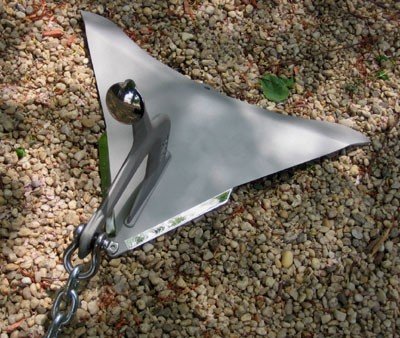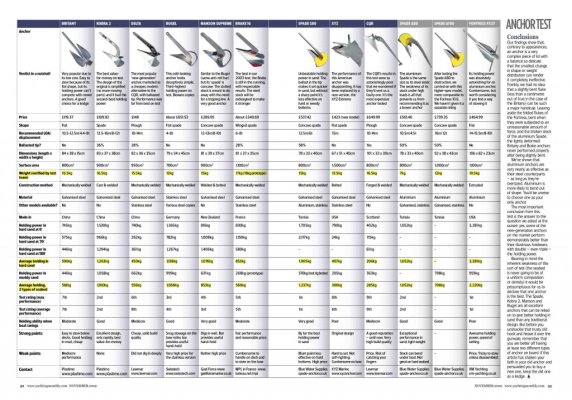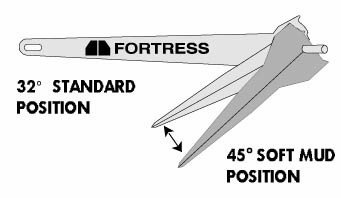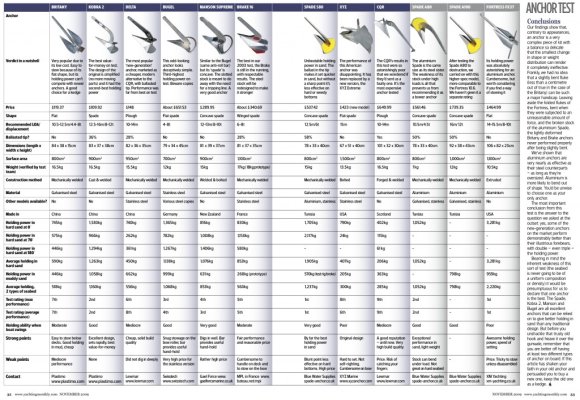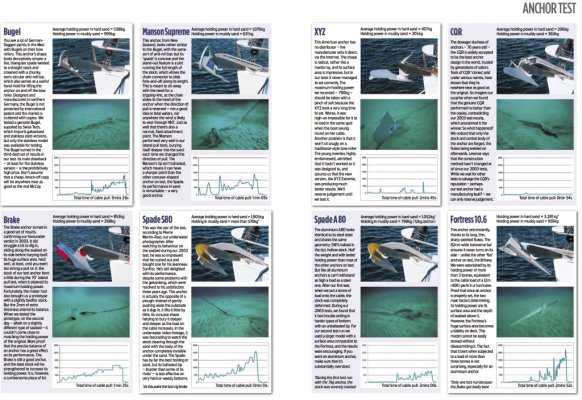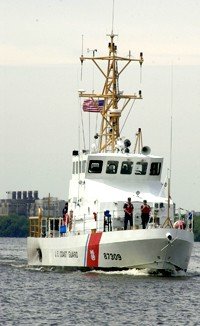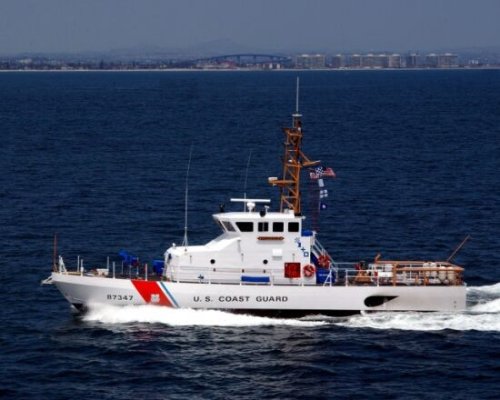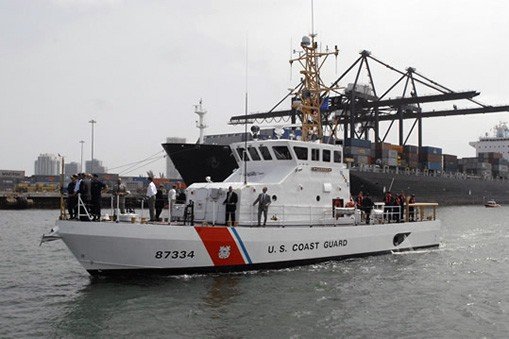nomadwilly wrote:
The latter [Rocna] stay fairly close to the surface kinda plowing along.
Eric--- Kind of a long reply here but what's new, right?
Moat anchors have their good and bad points.* Not digging in is not one of Rocna's (or Sarca's, which incorporates the same type of rollbar, or Manson's which also incorporates the same type of rollbar) weak points because it digs in just fine.* This has been shown countless times in videos (and not just the manufacturer's video) and described in user testimonials.
The Fortress has it's good points, too, and it has great holding power in the bottoms for which the design is suited.* But it is not suited for as wide a variety of bottoms as other types of anchors, despite what the manufacturer's reps say.* When we were seriously researching anchors five or six years ago, the Danforth design was given high marks for holding power in sand and mud, and low marks for setting and holding power in just about everything else.* And we have a lot of "everything else" up here.* Which is why, I assume, that of the mainstream anchor designs the least popular in these waters judging from what's on boats' bows, is the Danforth design.
The Fortress is very popular as a stern anchor up here because it's so light.* That's why we bought one.* You're more likely to set out a stern anchor when it could be beneficial if the thing doesn't weigh a ton.* But a problem we read about in a number of places while doing our research is the Fortress' tendency to bend its shank under high side loads.* Probably higher loads than most of us will encounter on a regular basis which is why we had no qualms about buying one for that purpose.
No anchor is perfect for everything so the challenge is to find the best one for your own situation.* The manufacturers are no help in this whatsoever because they will etiher say their own anchor is best for your situation, or if it's been proven not to be they'll tell you why their competitor's anchor is worse.* So I'm never much interested in what a manufacturer says about their product.* Of course they're going to say it's a wonder product and outclasses their competitors.* They'll say that even if their product is absolute crap.* So I regard the comments by the anchor reps who've been posting to this discussion as nothing more than ads.
The ONLY thing I put genuine stock in are independent testimonials by real boaters.* Even an anchor test only duplicates one condition.* But testimonials by boaters who use their anchors regularly in a variety of conditions with a variety of boats--- that's meaningful information that directly relates to how we're going to be using our anchor.* And that's what we paid the most attention to when deciding to replace our Bruce with something better.
While I question the attainability of your goal of holding with a lightweight anchor, lightweight rode, and very short scope, I don't question the way you are going about trying to reach it.* You're getting anchors you want to try and trying them with various types of rodes, scopes, etc.* And you're doing it in the waters you boat in.* So what an anchor rep says about some test conducted God-knows-where under conditions that bear no resemblance whatsoever to what you encounter is pretty meaningless information to you, in my opinion.
The bottom line is that the anchor rep wants you to buy such-and such an anchor because that's his job.* So he'll give you a sales pitch based on whatever hype he can drum up.* He'll quote his experts just like all the other anchor manufacturers quote their own "highly qualified" experts with the credentials to prove it, all of which adds up to nothing.* Experts are a dime a dozen--- my company quotes dozens of them in our campaigns to better our brand image and sell our products.
So I say carry on with what you're doing.* You'll either find the answer or you won't, or you'll perhaps alter your expectations and objectives based on what you learn.* Anchor design is not rocket science despite the manufacturers attempts to try to get you to believe it is. The Greeks did pretty good with big rocks in a basket.* In my opinon, the shapes and sizes of material it takes to dig into and hold in a bottom is based more on logic than on scientific principle.* You don't need to test an anchor in a towing tank, same as you don't need to test a an aircraft wheel chock in a wind tunnel.*
My guess is that many or most of us can look at an anchor design and pretty much determine on our own if the thing is going to work well or not, and why.* There are some things that would seem to defy logic--- the rollbar on the rollbar anchors would seem to prevent them digging in very deep but judging from the videos, photos, and experiences of people who use them, it doesn't.* But other than that I cannot think of very many design engineering challenges that are much simpler than an anchor.* It only has to do two things--- dig into the bottom and hold in the bottom.* If it does those two things well, then it's a good anchor no matter what the design is, what it's made of, or how it accomplishes those two things.


